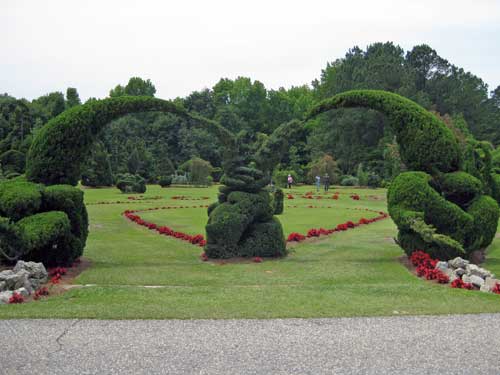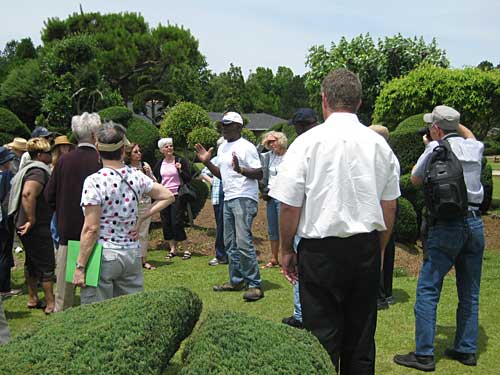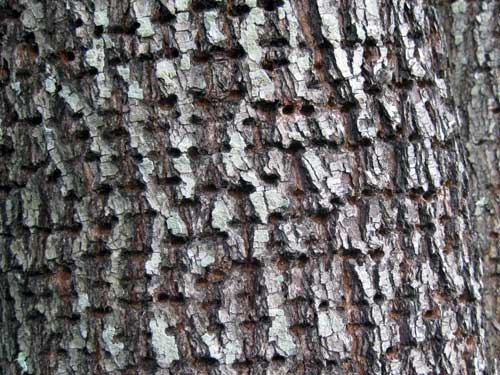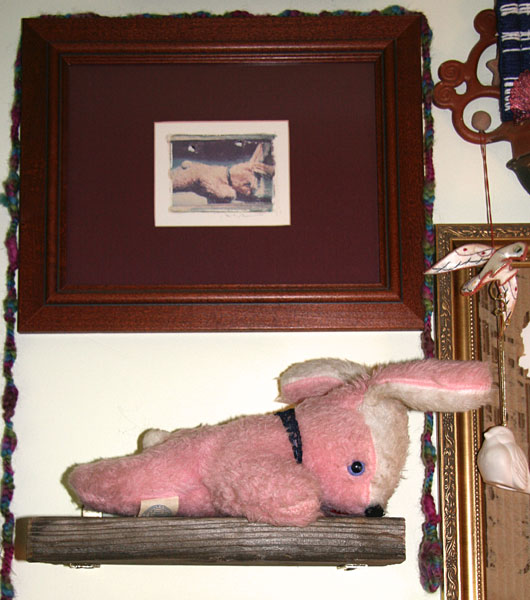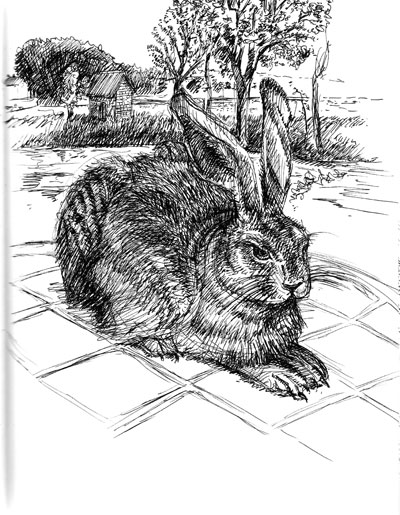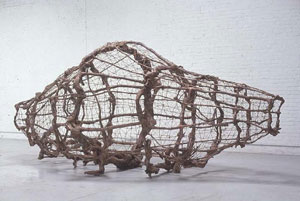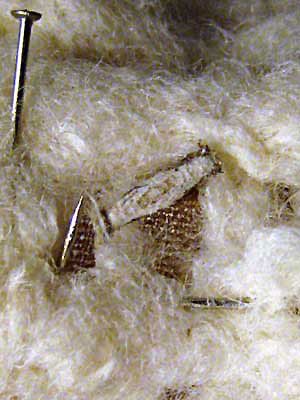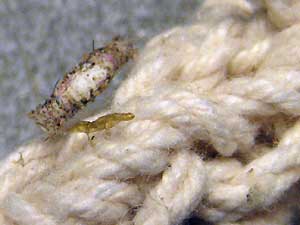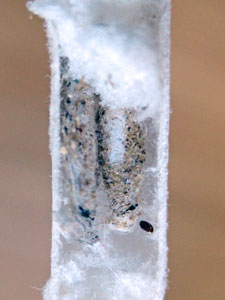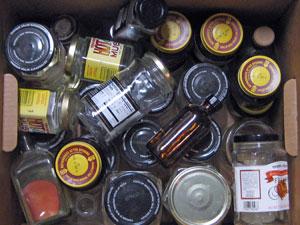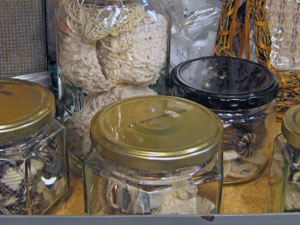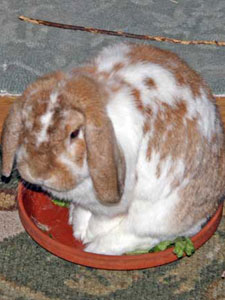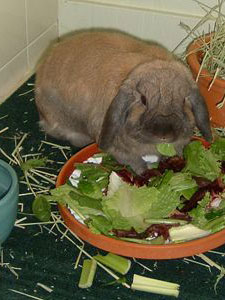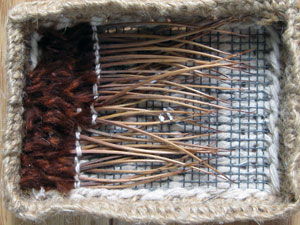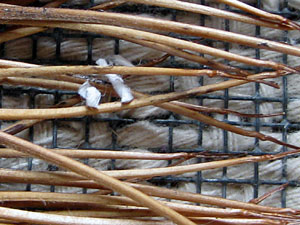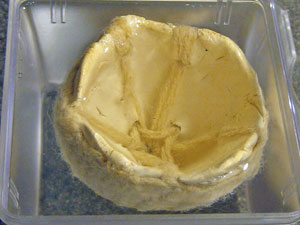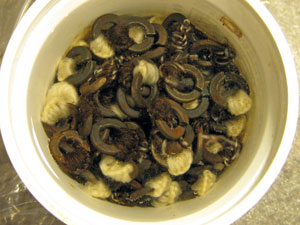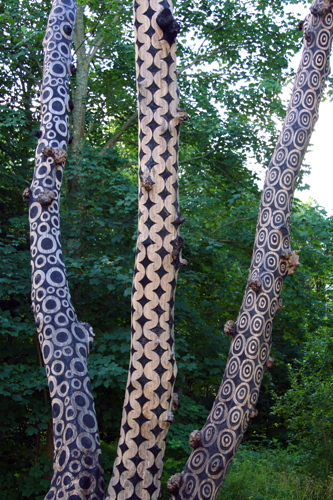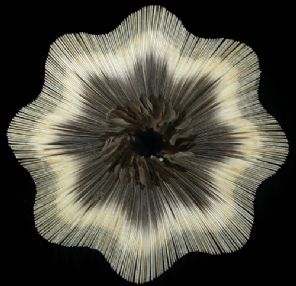South Carolina Highlights–Motoi Yamamoto
I visited the Halsey Institute of Contemporary Art to take in the installation Return to the Sea: Saltworks by Motoi Yamamoto.
I was excited to see how Yamamoto used salt in an installation format. The simplicity of the process–a squeeze bottle, a brush, and an idea–wowed me and the work was beautiful.

When I view work I typically do not like to read or hear much about it. I want to experience the work on my own. Well, can I ever really be on my own considering that all of the stuff that I have seen and experienced comes along with me.
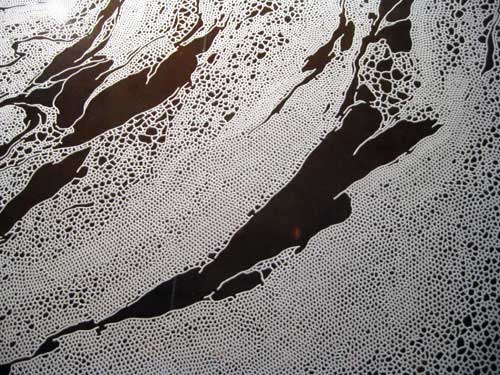
When I first saw the work I felt an overwhelming calm. Living on the California Central Coast I first thought there was reference to the patterns left on the sand by the tide. I heard a few folks talking about hurricanes and storms. I didn’t see that. The work was too elegant and repetitive for me to think storm and violence.
What was I missing? After I viewed the work from the floor and platform, I watched the two videos connected with the artist and his work. The hurricane reference was there in the form of the satellite images of storms. The exhibition also had several of Yamamoto’s prints that made the storm reference clear.
What does Return to the Sea mean? Actually just that. At the end of the exhibition the folks are invited to help dismantle the piece. The idea is that they will take a bit of the sculpture with them and literally return the salt to the sea. The ritual nature of the process is evocative.
I have used salt in my work for a variety of reasons–reference to preservation, currency, good luck, and as a surface effect to grow crystals on works, and patination. While I was at the exhibition I found out that in Japan salt is used not only to attract good luck but to ward off evil. More reason to continue to use salt in my work with reference to evil.
